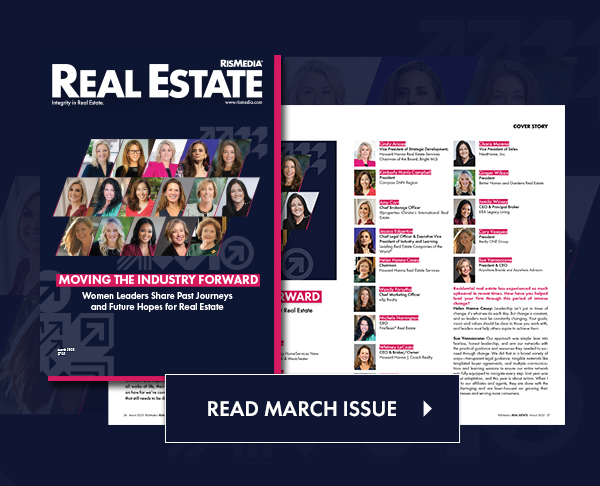By calculating their debt-to-income ratio and factoring in a down payment, buyers should have a good idea of what they can afford, both upfront and monthly, when it comes to their home.
Though there’s not a fixed debt-to-income ratio that lenders require, the old standard dictates that no more than 28 percent of your gross monthly income be devoted to housing costs. This percentage is called the front-end ratio.
The back-end ratio shows what portion of income covers all monthly debt obligations. Lenders prefer the back-end ratio to be 36 percent or less, but some borrowers get approved with back-end ratios of 45 percent or higher.
“Find out what you can afford and then you can back into everything else. We know the money you have available to put down, we know the monthly payment and we can solve (the equation) for the third variable—and that is the home price,” Winesburg says.
Figure Out Your Down Payment
It takes effort to scrap together the down payment.
There are programs that can assist buyers with qualifying incomes and situations.
“I’ve helped arrange assistance loans for $10,000, which are interest- and payment-free, and forgivable after five years. Although considered a loan, they’re more like grants. Other programs can provide up to $40,000 interest-free,” says Winesburg.
“Each state is different, but most of this money comes from the HOME Investment Partnership Program, which is a federal block grant to create affordable housing,” he says.
Finally, speak with mortgage lenders when you’re starting the process. Check with friends, co-workers and neighbors to find out which lenders they enjoyed working with and ask them questions about the process and what other steps first-time homebuyers should take.
©2015 Bankrate.com
Distributed by Tribune Content Agency, LLC









